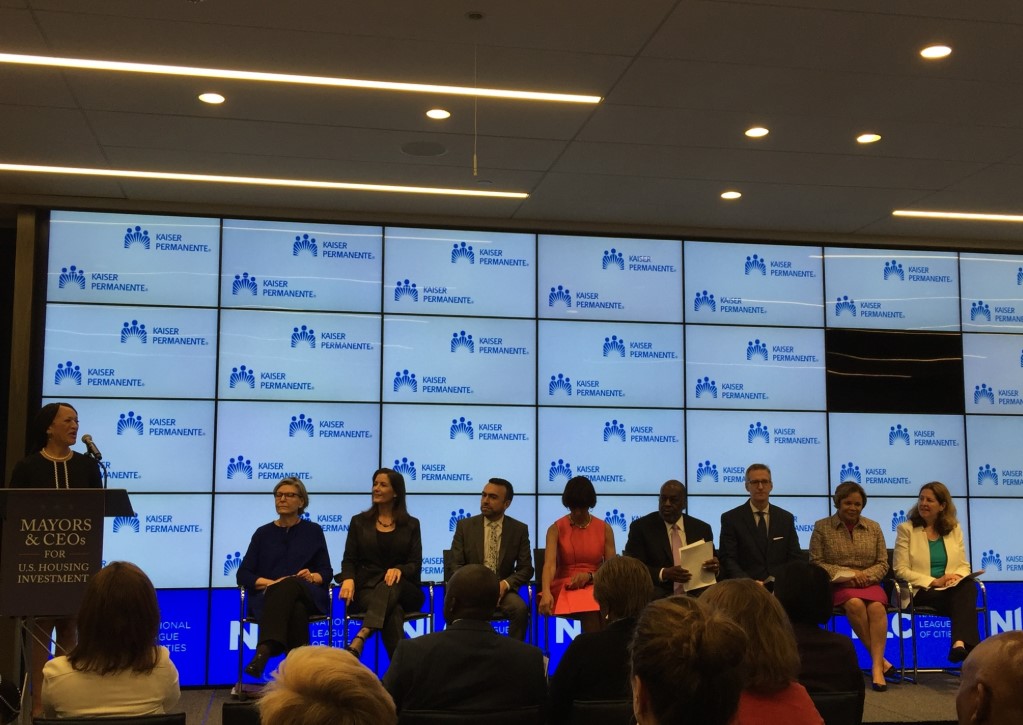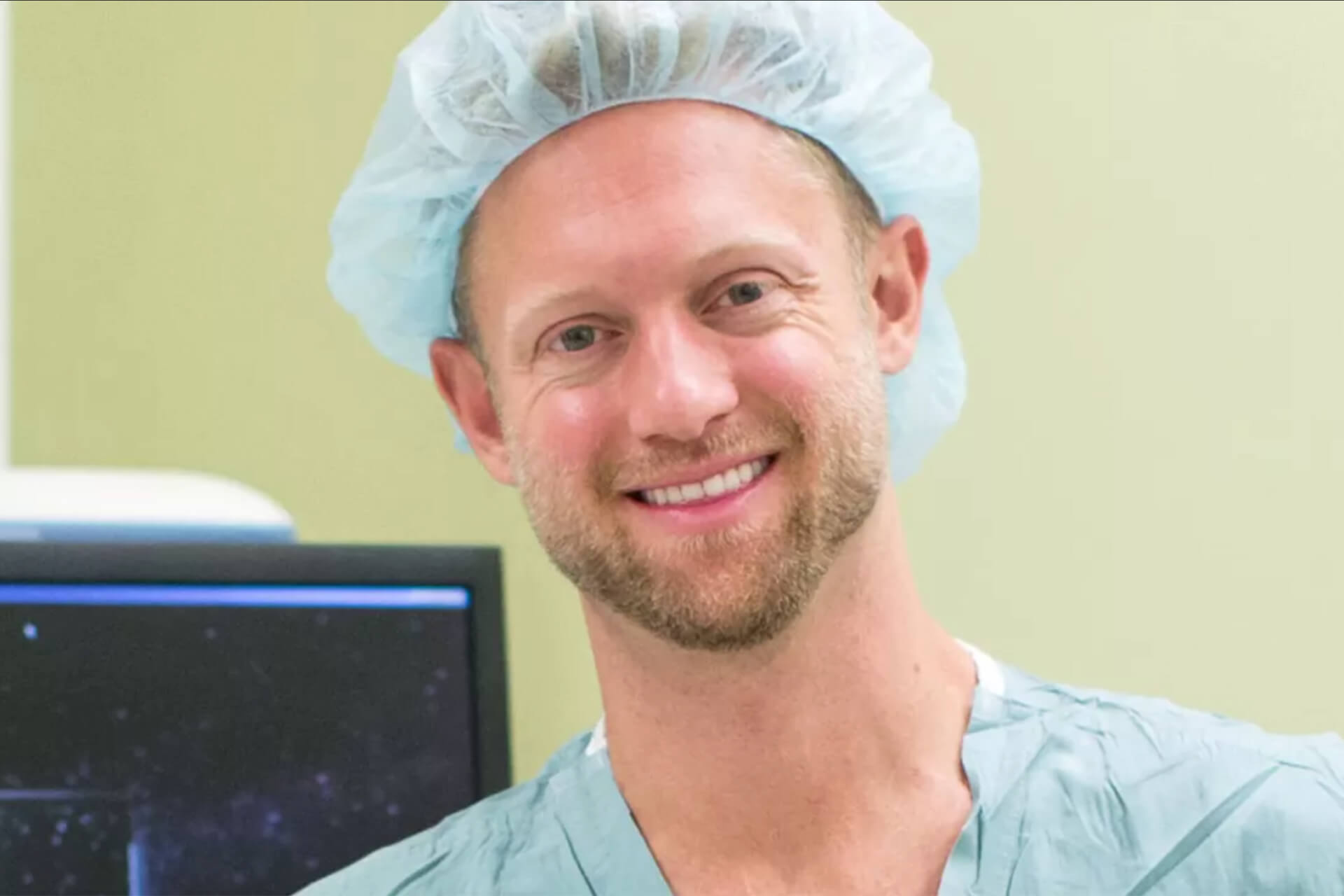
We at the Center for Total Health blog are fascinated by the work made possible through video ethnography. So we decided to delve a little more deeply, and Kaiser Permanente’s Estee Neuwirth, PhD, director of field studies for the Care Management Institute, was kind enough to sit down with us for a conversational primer on the subject. This post, the first in a series, will focus on what video ethnography is and how it’s been used historically, as well as how researchers, clinicians and leaders at Kaiser Permanente came to embrace it as a valuable tool for better understanding and caring for patients.
CTH Blog:
What is video ethnography?
Estee Neuwirth:
Video ethnography is the use of interviews and observations in real time, coupled with video, to catalyze change and accelerate performance improvement.
We’re using it at Kaiser Permanente to inform how we can improve care.
CTH Blog:
Can you tell us a little about its history – when and where it originated?
Neuwirth:
Using interviews and observations to more deeply understand culture, society and organizations is nothing new. It’s been around for quite some time. But coupling it with video is a newer development. As a method, video ethnography is not that well known in the external world. Its origins are really in anthropology, sociology and the social sciences.
When video, as a tool, became more accessible, it started to get used in the innovation, product development and design world. Perhaps the best-known efforts to use video ethnography in health care are around product design. Companies like Intel and IDEO have hired social scientists to help design new products and really understand the customer.
CTH Blog:
Beyond product design, how else has it been used in the health care space?
Neuwirth:
Video and ethnography have both been used elsewhere in health care. But where it’s been used in quality improvement efforts, I don’t know of any documented cases other than the work we’re doing here at Kaiser Permanente. It’s really different, the way we’re using it, than in the product design world, because it’s not just out there on its own for research or marketing purposes – it’s really being used to figure out how to optimize and improve performance. And we’re teaching clinicians and experts in improvement, service, and safety how to integrate this method into their work.
CTH Blog:
Why did Kaiser Permanente adopt the methodology?
Neuwirth:
We saw how it might be used to deepen our insight on the patient or staff experience. We wanted to further accelerate the learning process and figure out how we can, in a more compressed or rapid timeframe, gain insight in order to support quality improvement efforts. That’s a newer kind of application of interviews and observations.
We realized that in many cases, we didn’t need to develop whole new products or services to really improve care delivery. We could tweak or optimize existing programs and services, and there was a lot of opportunity to do that.
CTH Blog:
So how did this actually start at Kaiser Permanente – how did you first explore it?
Neuwirth:
We tested this out four years ago, when I went with a video camera to a medical center with high readmission rates for heart failure patients. In two days, we collected enough information to start to see insights and patterns about patients who had heart failure and what we could be doing better for them.
For that project, we were invited in by Kaiser Permanente’s southern California region to help them further optimize an existing program for heart failure patients called the Transitional Care Program. Interestingly, they already had lots of data for that program – on the patients, the program and its different components, the reliability – and they understood well that they had wide variation across the region’s 13 medical centers and hospitals. Some had low readmission rates, and some had high readmission rates. We went to a medical center that had high readmission rates and was struggling to keep patients safely at home after a hospital visit.
When we went to that medical center, they were understandably a bit discouraged; they had tried their best to implement the transitional care program for their patients and weren’t getting the results they had hoped for. So together, in collaboration, we went and did interviews and observations with patients and their families. We also observed care delivery for that program. And it was during the course of that process that we rapidly learned how we could further improve implementation of that program. We engaged in a six-month improvement project with that medical center and did a number of tests of change.
We linked this learning with the broader Kaiser Permanente performance improvement strategy, then tested and measured various interventions. We ultimately got results, which were reduced readmission rates at that medical center.
This series of conversations with Estee Neuwirth will continue in future posts.




